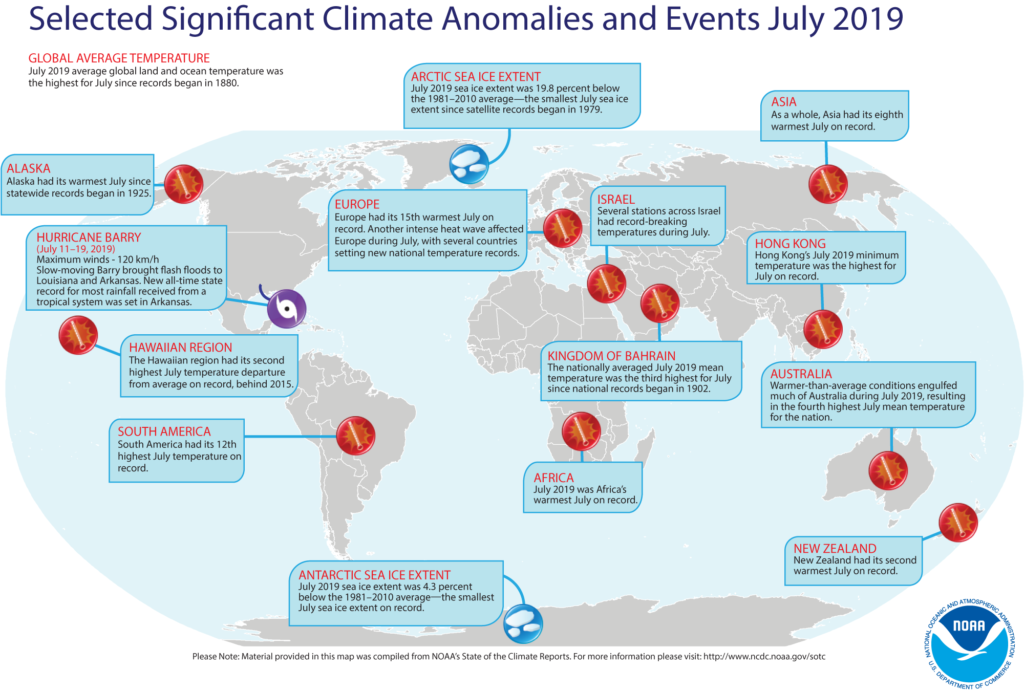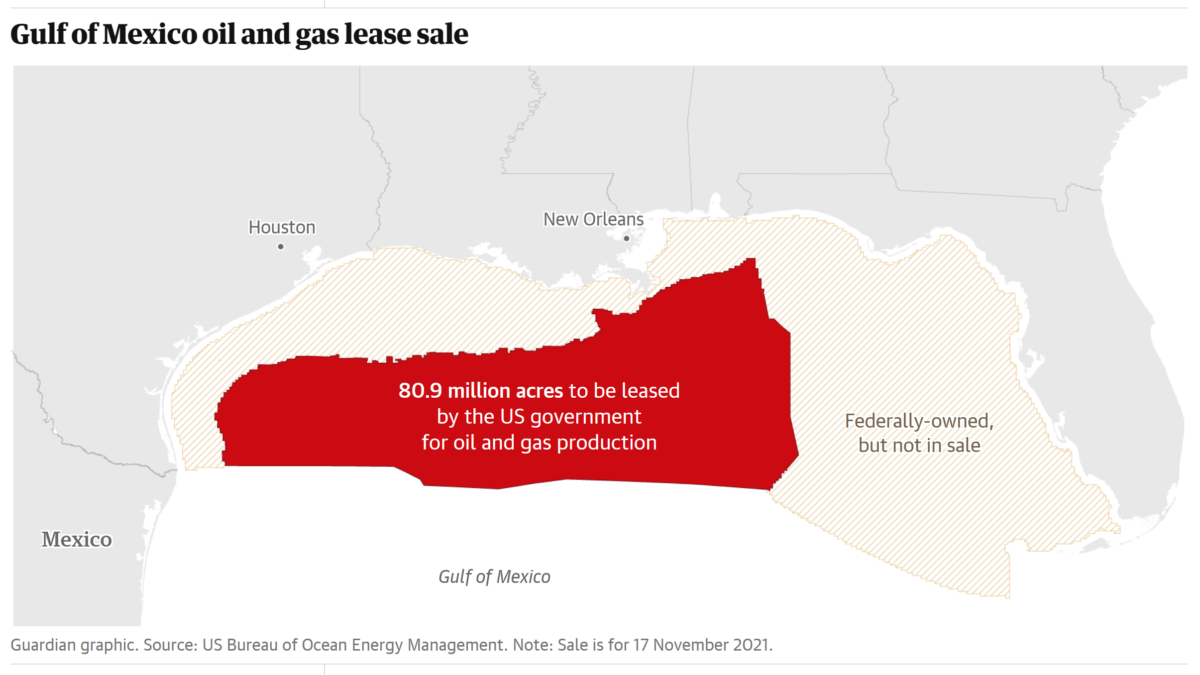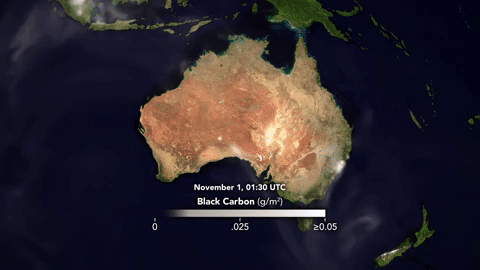July 2019 was Earth’s hottest month in recorded history – 2019 almost certain to be among the five warmest years on record
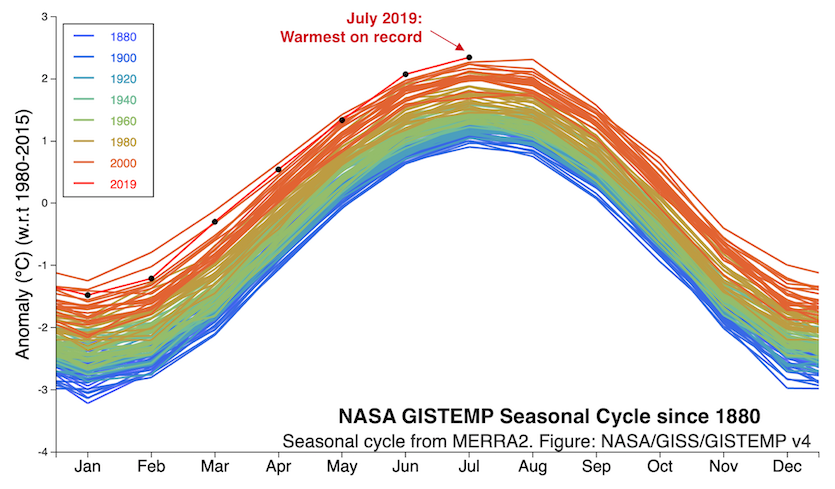
By Dr. Jeff Masters
15 August 2019
(Weather Underground) – July 2019 was the planet’s warmest July and warmest month in absolute terms since record keeping began in 1880, said NOAA’s National Centers for Environmental Information (NCEI) on Thursday. Earth’s previous warmest month on record was July 2016. The Japan Meteorological Agency (JMA) rated July 2019 in a tie with July 2016 for warmest month on record, and NASA found that July 2019 was in a virtual tie with August 2016. Minor differences in rankings between NASA, NOAA, and JMA can arise because of how they handle data-sparse regions such as the Arctic, where few surface weather stations exist.
In terms of temperature departure from average, February 2016 was the warmest month on record, thanks to the presence of a record-strong El Niño event that winter.
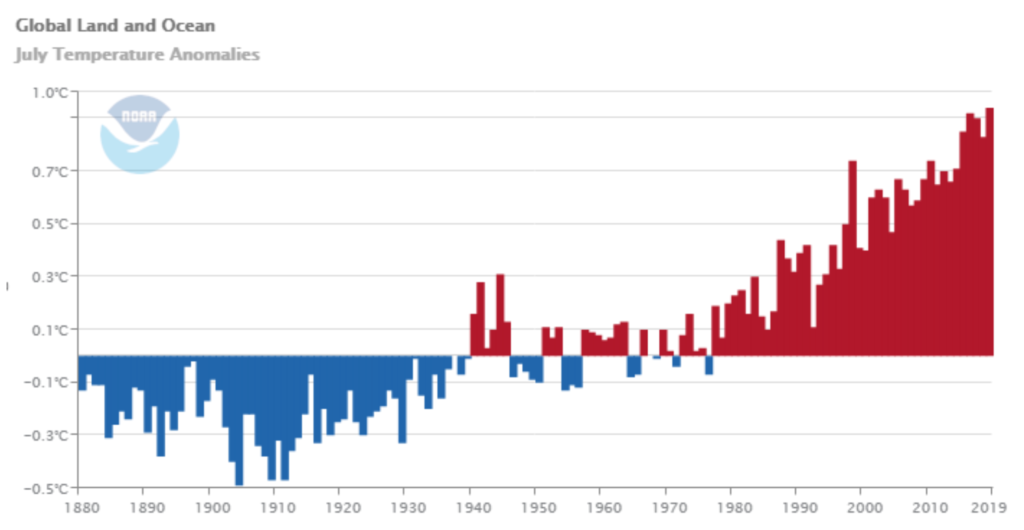
Global ocean temperatures during July 2019 were the warmest on record, according to NOAA, and global land temperatures were the second warmest on record. Global satellite-measured temperatures in July 2019 for the lowest 8 km of the atmosphere were the third warmest in the 41-year record, according to the University of Alabama Huntsville (UAH).
2019 a lock to be among the five warmest years in recorded history
The January through July year-to-date period was the tied with 2017 for the second warmest global temperatures on record, behind 2016, according to NOAA. According to their global annual temperature ranking outlook, it is virtually certain that 2019 will end among the top five warmest years in Earth’s history. This means that the six warmest years on record globally since 1880 will be the last six years–2014 through 2019.
This near-record global warmth in 2019 is all the more remarkable since it is occurring during the minimum of the weakest solar cycle in 100+ years, and during a year when a strong El Niño has not been present (though a weak El Niño was present January – June 2019, ending in July). Record-warm global temperatures typically occur during strong El Niño events, and when the solar cycle is near its maximum. The near-record warmth of 2019 is thus a testament to how greatly human-caused global warming is impacting the planet. [more]
July 2019: Earth’s Hottest Month in Recorded History
Global Climate Report – July 2019
(NOAA) – The July 2019 global land and ocean surface temperature departure from average was the highest for July since global records began in 1880 at 0.95°C (1.71°F) above the 20th century average. This value surpassed the previous record set in 2016 by 0.03°C (0.05°F). Nine of the 10 warmest Julys have occurred since 2005, with the last five years (2015–2019) ranking among the five warmest Julys on record. July 1998 is the only July from the 20th century to be among the 10 warmest Julys on record. July 2019 marked the 43rd consecutive July and the 415th consecutive month with temperatures, at least nominally, above the 20th century average. Julys 2016, 2017, and 2019 are the only Julys that had a temperature departure from average at or above 0.90°C (1.62°F). Climatologically, July is the globe’s warmest month of the year. With July 2019 the warmest July on record, at least nominally, this resulted in the warmest month on record for the globe.
The global land-only surface temperature for July 2019 was 1.23°C (2.21°F) above the 20th century average and was the second highest July temperature in the 140-year record. July 2017 holds the record for the highest July global land-only temperature at +1.24°C (+2.23°F). The July 2019 globally averaged ocean-only temperature departure from average of +0.84°C (+1.51°F) was the highest on record for July, surpassing the previous record set in 2016 (+0.82°C / +1.48°F). Compared to all months, this value tied with September 2015 as the sixth highest monthly global ocean temperature departure from average among all months (1675 months) on record. The 10 highest global ocean monthly temperature departures have all occurred since September 2015.
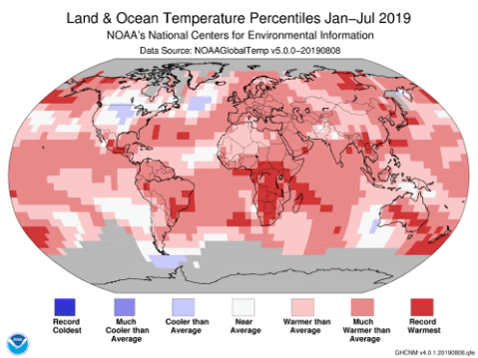
The month was characterized by warmer-than-average temperatures across much of the global land and ocean surfaces. Record-temperatures were present across parts of North America, southern Asia, the southern half of Africa, the northern Indian Ocean, the Atlantic Ocean, as well as across the western and northern parts of the Pacific Ocean. Near- to cooler-than-average conditions were limited to parts of western Canada, parts of the contiguous U.S., western and eastern parts of Russia, China, Indonesia, as well as parts of the North Atlantic Ocean, southern Indian Ocean, and parts of the southeastern and northwestern Pacific Ocean. No record cold temperatures were evident in the analysis for July 2019.
Regionally, North America, Africa, Asia, Oceania, the Caribbean region, the Hawaiian region, and the Gulf of Mexico had a July temperature that ranked among the ten warmest Julys on record. Of note, Africa had its warmest July on record at 1.65°C (2.97°F) above average. This value exceeds the previous record set in 2015 by 0.18°C (0.32°F). [more]
